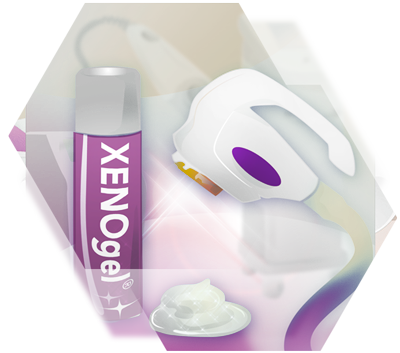
Temporary hair removal
The most common method of hair removal is depilation, which removes the hair above the surface of the skin. The hair root in the skin remains untouched and thus the hair grows back again and again. This leads to the well-known and annoying stubble.
Shaving
Depilation often involves the use of a razor. Whether disposable or gel razor, it is common for cuts to occur. These are not only painful, but often lead to inflammation. These cuts usually occur in places that are difficult to reach. Nevertheless, many people take this upon themselves every day, although the result lasts only for a very short time.
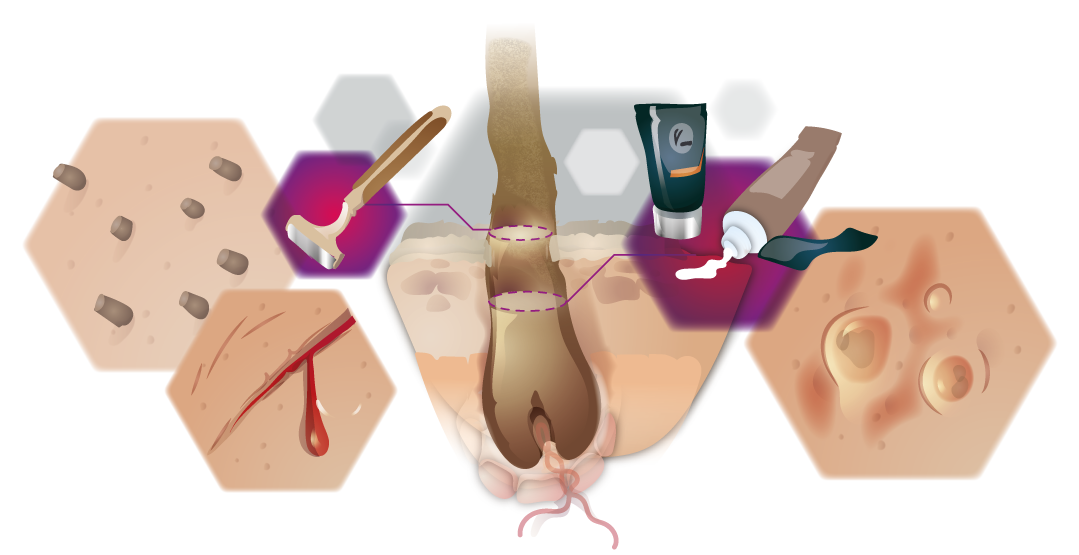
Depilatory Cream
Depilatiory cream or waxing? This question arises for many who have heard of painful waxing or may have even experienced it themselves. Another means of depilation is the depilatory cream. In this case, the hair is removed on a chemical basis. Although the result of 14 days lasts much longer than that of shaving, the hair does not remain completely removed.

Epilation
The big difference between depilation and epilation is of course how long the skin stays smooth. With depilation, the hair is cut off at the level of the skin surface, while with epilation the hair is removed together with the root. As a result, with the classic epilation methods, the hair naturally needs longer to regrow, which keeps the skin free of hair for a longer period of time. Although the term photoepilation could also be associated with epilation, in this case we can speak of permanent* hair removal as opposed to temporary removal. You can read more about photoepilation in the section on permanent* hair removal below.


Waxing
There is certainly hardly anyone who is not familiar with the term waxing. This method has been established in the field of hair removal for several years. Most people who know it associate this term with severe pain. Because with this method, the hair is torn out of the skin along with its root.

Hot wax
Waxing knows several forms, whereby the hot wax, as the name already reveals, is heated. But heating sounds easier than it is. In order for the wax to be applied properly to the skin, it needs a certain temperature. This must not be too cold so that the wax is liquid enough to apply. On the other hand, it must not be too hot, as hot wax can quickly burn the skin. Once the wax is properly applied, a paper strip follows. Once the wax has hardened and is properly connected to the strip, the strip is pulled off with a jerk. The hairs stick to the wax and are torn out. This explains the pain that follows.

Cold wax
What is eliminated with cold waxing is, of course, the risk of burns. But just because this risk is eliminated, the treatment is not necessarily more pleasant. Because the process does not change. The wax strip is torn from the skin along with the hair.
Since the hair is pulled out of the skin together with its root, you can look forward to about 4 weeks of smooth skin, if other hairs have not grown back in the meantime. Regardless of this, the process starts all over again.
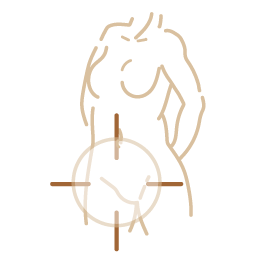

Brazilian Waxing
The so-called Brazilian waxing is not actually a unique technique in itself. It is based on the use of warm wax for temporary hair removal. The term “Brazilian waxing” refers to the origin of this method, which originated in Brazil. This method is mainly used for the bikini area and the intimate area.
Despite its effectiveness, Brazilian waxing requires regular repetitions to maintain the desired long-lasting results. To keep the skin permanently smooth and hair-free, it is advisable to repeat the treatment at certain intervals.

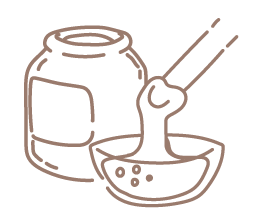
Sugaring
Sugaring works similar to waxing. With the help of the sugaring paste that is used, the hair is pulled out of the skin. The sugaring paste bonds with the hair and can be removed together with the hair after it has hardened.
As with waxing, the result is smooth skin in the treated area. However, this feeling only lasts for a maximum of 4 weeks and the procedure must then be repeated.

Permanent* hair removal with light
The alternative to shaving, epilating and waxing
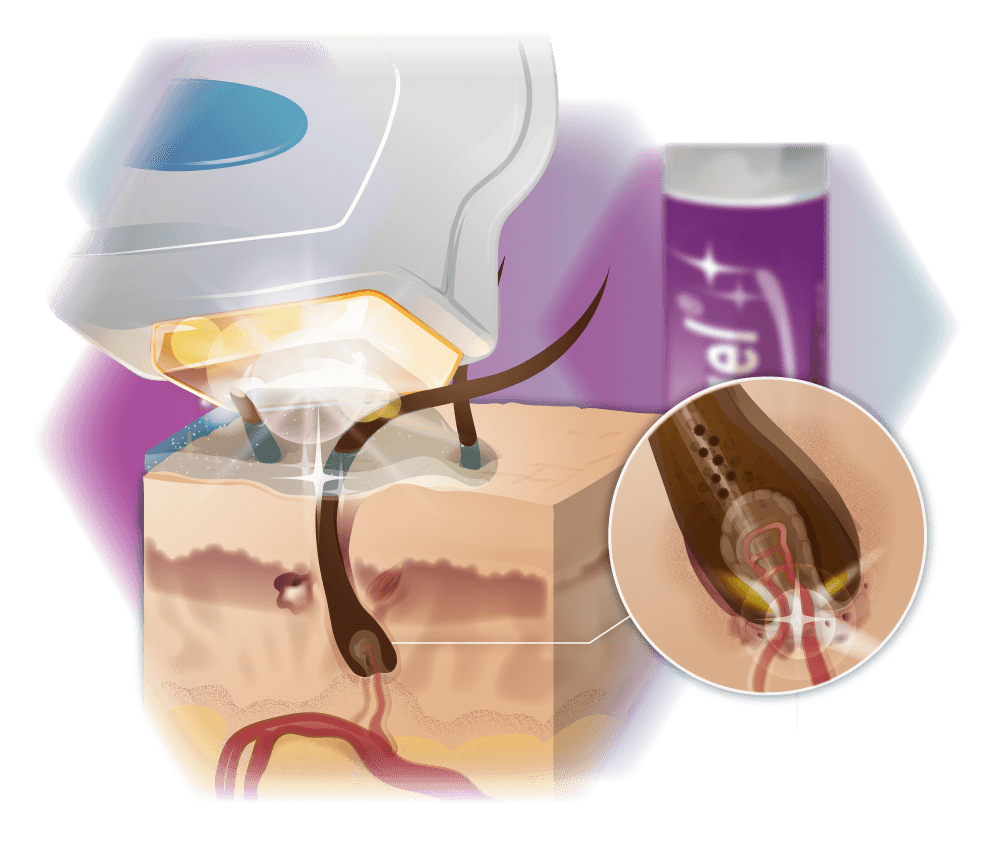
XENOgel® Technology
Here, the targeted heating of the protein in the hair root leads to denaturation. Consequently, the hair can no longer regenerate and the desired effect, permanent* hair removal, occurs. The XENOgel® Technology is characterized by the advanced SHR system as well as an optimized crystal gel. This method involves slow and continuous heating. At most, temperatures of 45° Celsius are generated. The crystal gel used increases the light optimization and thus the effectiveness. In addition, the crystal gel has a cooling effect during treatment and reduces the risk of skin irritation.

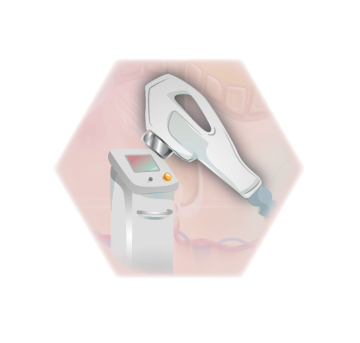
IPL
The IPL method works with short sequential light pulses of 2-300 milliseconds. The energy released is between 12 and 120 joules per cm². The hair pigment melanin transmits this energy to the hair root. There, temperatures of 65°-72° Celsius are generated. Since surrounding cells also contain melanin, these high energy peaks are absorbed by them as well. Consequently, swelling may occur in the treated area. In our institutes we perform this procedure, but we recommend the XENOgel® Technology.

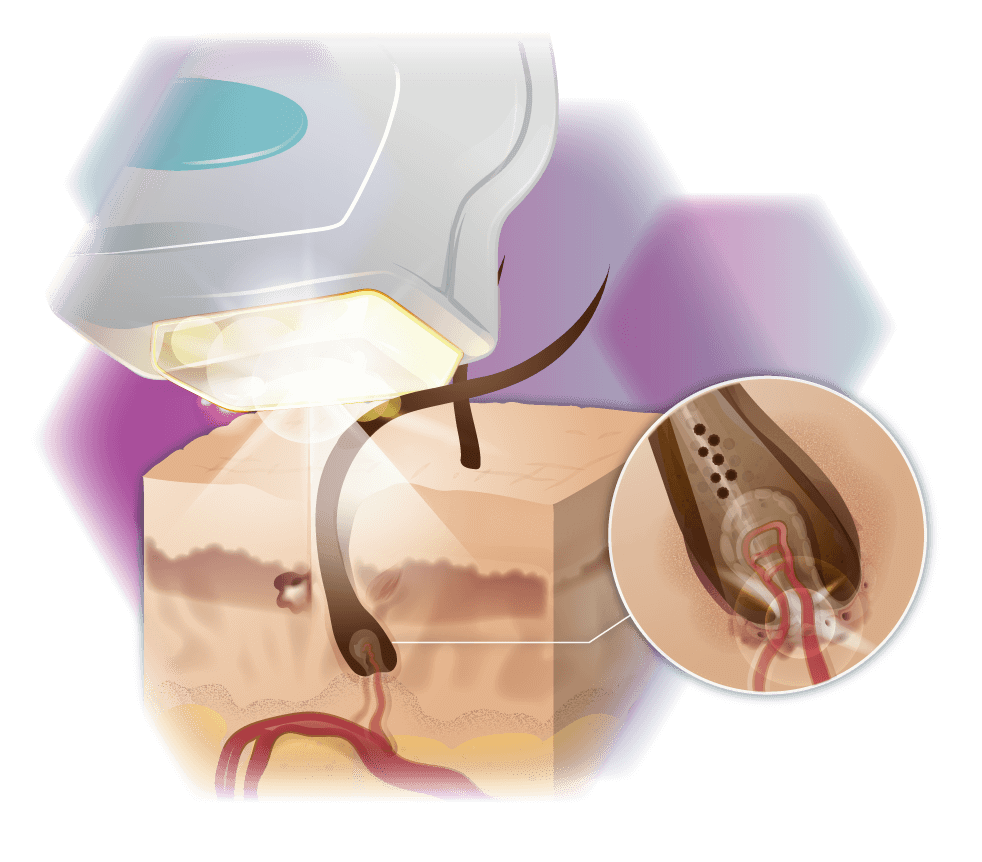
SHR
The SHR technology, unlike the IPL method, uses only 50% of the melanin as transport. In addition, it also acts directly on the stem cells of the hair, which are responsible for the reproduction of the hair. Since not only the melanin is affected, it is possible to work with significantly lower energy. Therefore, this technique is particularly skin-friendly and has a very low risk of burning. Another great advantage of using lower energy is that it makes the procedure completely painless.




